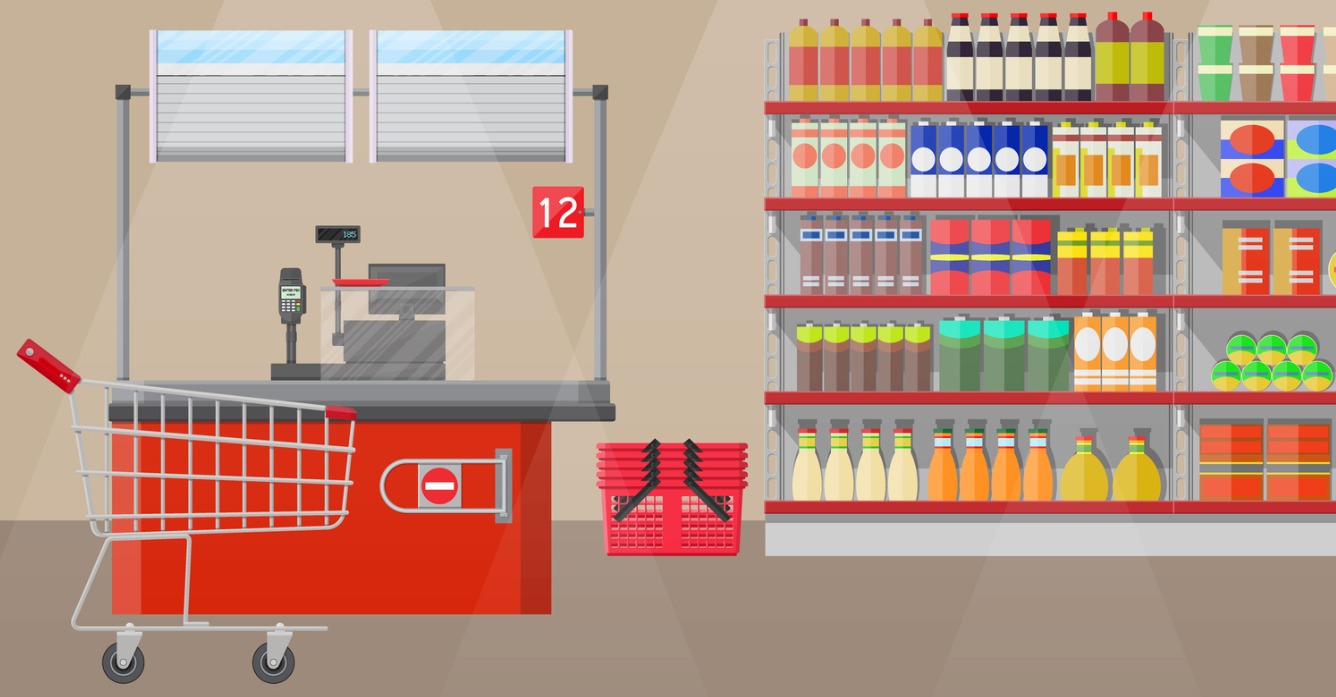Ricardo Romo, Industrial Engineer
Femi Olowu, Implementation Specialist
Brie Urick, Senior Industrial Engineer
Damien Deem, Implementation Specialist
By this point in our Improving Front End Management blog series (see part 1, part 2 and part 3), you have realized if you didn’t already know, that front end management is not an exact science. It requires instinct and experience, as well as a good set of tools, to enhance the customers’ last impression—the registers. It is critical that the front end be managed proactively, rather than reactively. Proactive management means that changes and improvements are made before you start to see issues. For example, assigning an extra cashier when you see a lot of people coming into your store, instead of assigning the cashier once all those people are waiting in line for checkout.
Reactive managing: Room for improvement
It sounds easy, but we all know that on a daily basis it can be stressful, and sometimes even impossible, to identify an issue, decide what to do about it, and oversee implementation in the moment. Conditions change from day to day, and sometimes, from hour to hour. You think you have everything planned out, but as often as not real life is not what we expected. Managers cannot just rely on instinct and direct on-the-spot supervision. They need a set of tools that help predict the variables and allow them to quickly adjust, such as scheduling backup cashiers who are on the premises when there’s a rush, communicating effectively with other team members, and managing KPIs to focus on keeping up with the standards. All to help ensure that customers have the best experience possible.
Reforecasting: Tool of the future
Many retailers write their schedules weeks in advance of implementation based off forecasted metrics. They rely on historical data and forecast event plans (often called “tags”) for the week being forecasted to generate the best possible forecast with the data available.
Forecast volumes applied to standards will determine how many hours each department receives. Scheduling earlier means using less-current data. Recent trends may be lost or diluted and late-breaking merchandising plans may not even be known. Weather may change dramatically from averages. Simply put, forecasting earlier does not help forecast accuracy.
But is it necessary to live with a forecast based on the data from several weeks ago, if it was the best then available, when more recent data, event plans and weather forecasts are available? Why not make smart adjustments as current data becomes available?
While managers can’t rewrite already-posted schedules, reforecasting can give managers the ability to act proactively. If expected volumes have increased, additional shifts can be created and posted for associate bidding. Work assignments can be changed. Shift changes to better align to required hours can be identified and discussed with the associates involved. Think about how good reforecasting could change a manager’s ability to navigate the week in progress to meet labor goals. With the opportunity to make proactive revisions for new merchandising events, weather changes or other new circumstances, managers are no longer left to react in firefighting mode with a schedule based on an outdated forecast.
With accurate reforecasting, the transformation from reactive to proactive can be amazing! Now this, of course, assumes that your workforce is flexible enough to handle these changes. But that capacity can be fostered through good communication and change management. Most associates prefer the proactive approach rather than being randomly pulled to assist other areas. Even reforecasts that call for using fewer hours can be managed. In our experience, there are always employees who are open to leaving early if asked. A good manager quickly learns who is willing to either leave early or work late. But all associates appreciate being asked in advance and not when customers are stacked deep waiting to be served. With good reforecasting in place, you can not only take care of your revised business needs, but also keep morale in your workplace at a high level. That is a big win for all concerned!
Mobile devices: iPads/iPhones
It’s all well and good to be able to get all of this data, but in today’s front end, agility and flexibility are key to being successful. Gone are the days you can sit behind a desk, compile your information, and disseminate it among your staff to digest and act upon. One has to be able to react immediately and take real-time information to make real-time decisions that will affect the bottom line. Applications written for mobile devices, such as smart phones and tablets, allow information to be pushed to the people who need to get it, understand it and react proactively in real time. Consider the advantages of schedules you can display on a mobile device. KPIs, breaks and lunches, available employees, as well as up-to-date analysis of where things stand versus the forecast placed in the palm of managers’ hands can be an immense tool for managing operations.
Going forward, getting it right
In this blog series we have addressed topics involving different approaches and techniques to effectively manage your front end. We have discussed using high-side management to address last-minute queueing issues and how proper training and correctly assigning cashiers can bring a memorable experience to customers. We have emphasized the use of technology and mobile tools to better manage your resources, resulting in having the right people, at the right place, at the right time.




